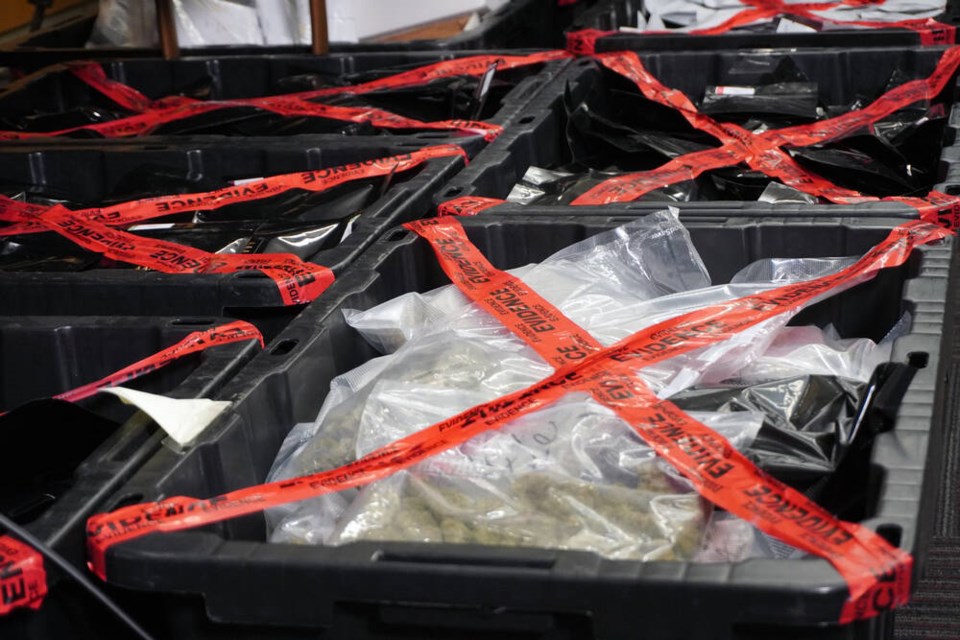A commentary.
Urban residents are generally very tolerant. We welcome people with diverse backgrounds, interests and lifestyles. However, this tolerance should not apply to activities that can harm other people or degrade our community.
This is particularly important in the public realm, areas such as sidewalks, bus shelters and parks where people must interact in close proximity.
Academic studies show that health, happiness and social connections increase with neighbourhood walkability and local parks. We must manage these public spaces to ensure that everybody feels safe and welcome.
Our community is degraded by public consumption of hard drugs such as meth and fentanyl. Recently, courts prohibited police from enforcing restrictions on public drug consumption, even in child-focused areas such as schools and playgrounds.
Advocacy groups such as Harm Reduction Nurses Association argue that drug restrictions “drives the displacement of people who use drugs,” but allowing public drug consumption displaces a far larger number of people and beneficial activities.
Allowing public drug consumption normalizes this activity, which encourages drug use. This is particularly harmful to vulnerable groups – people with disabilities, chronic pain, mental illnesses, or are depressed or lonely – who are more likely to be sucked into addiction.
There is no evidence that allowing public drug consumption increases safety. On the contrary, according to the federal government’s Health Infobase, after British Columbia decriminalized hard drugs last year, opioid death rates increased from 45 to 48 deaths per 100,000 residents and remains significantly higher than other provinces.
A recent study, “Does Drug Decriminalization Increase Unintentional Drug Overdose Deaths?,” published in the Journal of Health Economics found that after Oregon decriminalized drug consumption drug deaths increased 23 per cent.
There is no credible research showing that allowing addicts to inject and smoke hard drugs near schools, parks and playgrounds improves health or safety.
Advocates ignore the harms that public drug consumption imposes on communities. It discourages walking and use of public parks, reducing exercise and neighbourly interactions.
It reduces local business activity and causes families to flee from urban neighbourhoods to auto-dependent suburbs. In these ways, unrestricted drug consumption contradicts our sustainable transportation and community development goals.
There are better responses. A relevant example is our experience reducing tobacco consumption, one of history’s greatest public health success stories.
A half-century ago, most adults smoked and smoking was allowed nearly everywhere including offices, restaurants and airplanes.
Various public policies such as restrictions on tobacco advertising and sales, higher taxes, anti-smoking campaigns, and perhaps most importantly, restrictions on where smoking is allowed, caused smoking rates to plummet. Now, less than 18 per cent of Canadians smoke and rates continue to decline.
We know that many people want to end their addictions to smoking, drinking and hard drugs but require suitable incentives and support, including restrictions on public consumption.
This helps former addicts stay clean, and reduces harms to communities.
Ironically, many public areas now forbid cigarette smoking but welcome smoking and injecting of meth and fentanyl. This makes no sense. Public consumption of hard drugs should be restricted at least as much as tobacco.
A truly inclusive community helps everyone, including drug users, by discouraging addiction and reducing the harms that it imposes on other community members.
>>> To comment on this article, write a letter to the editor: [email protected]



